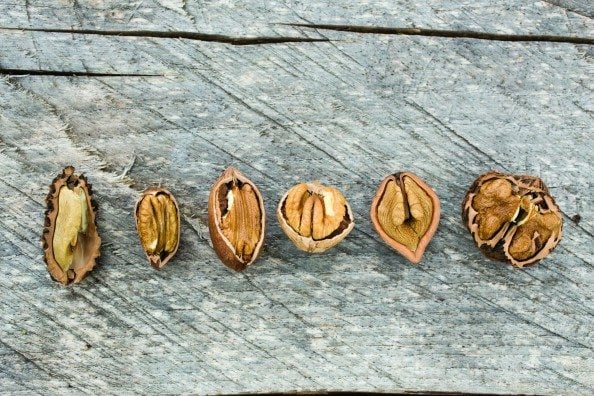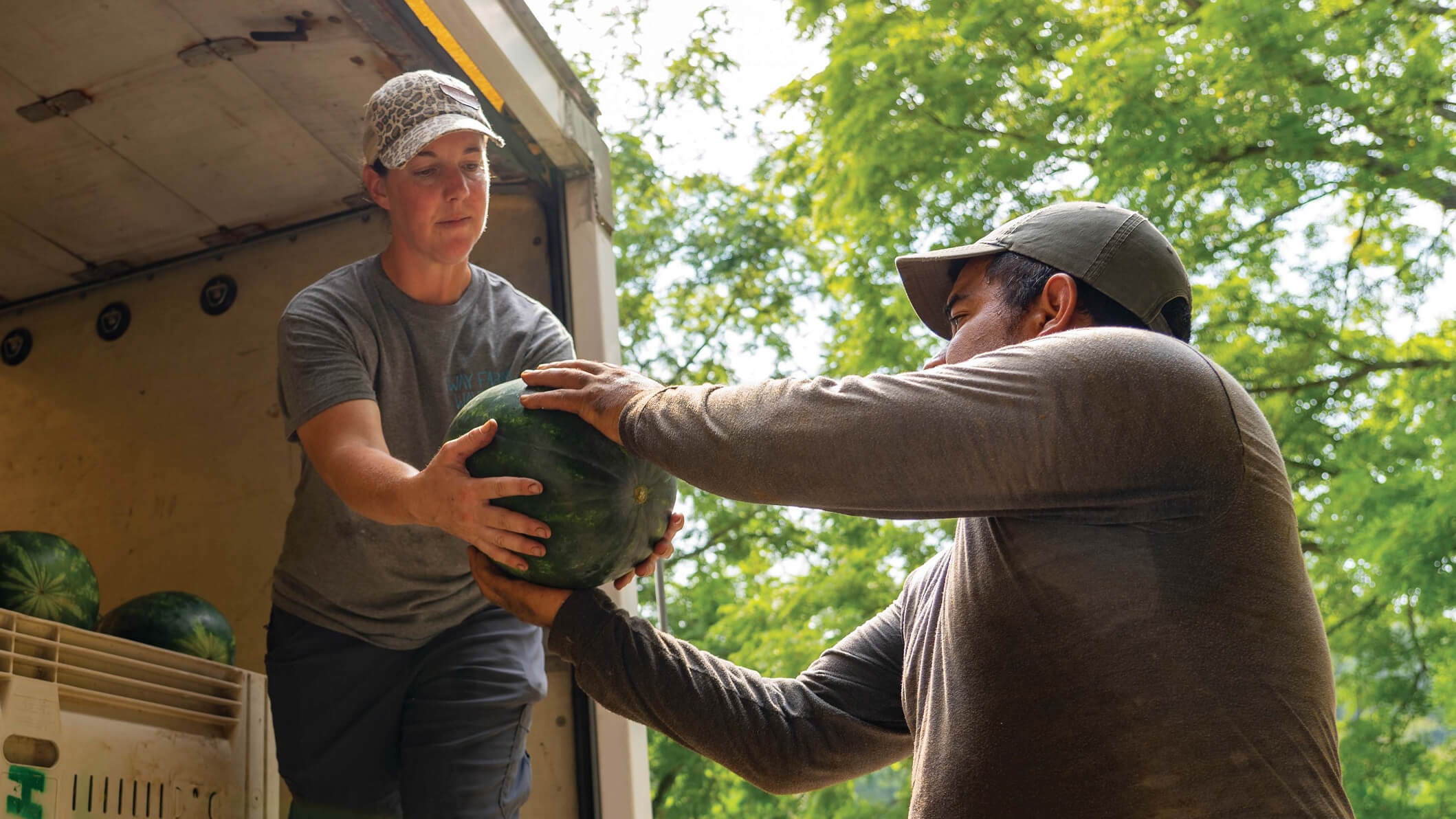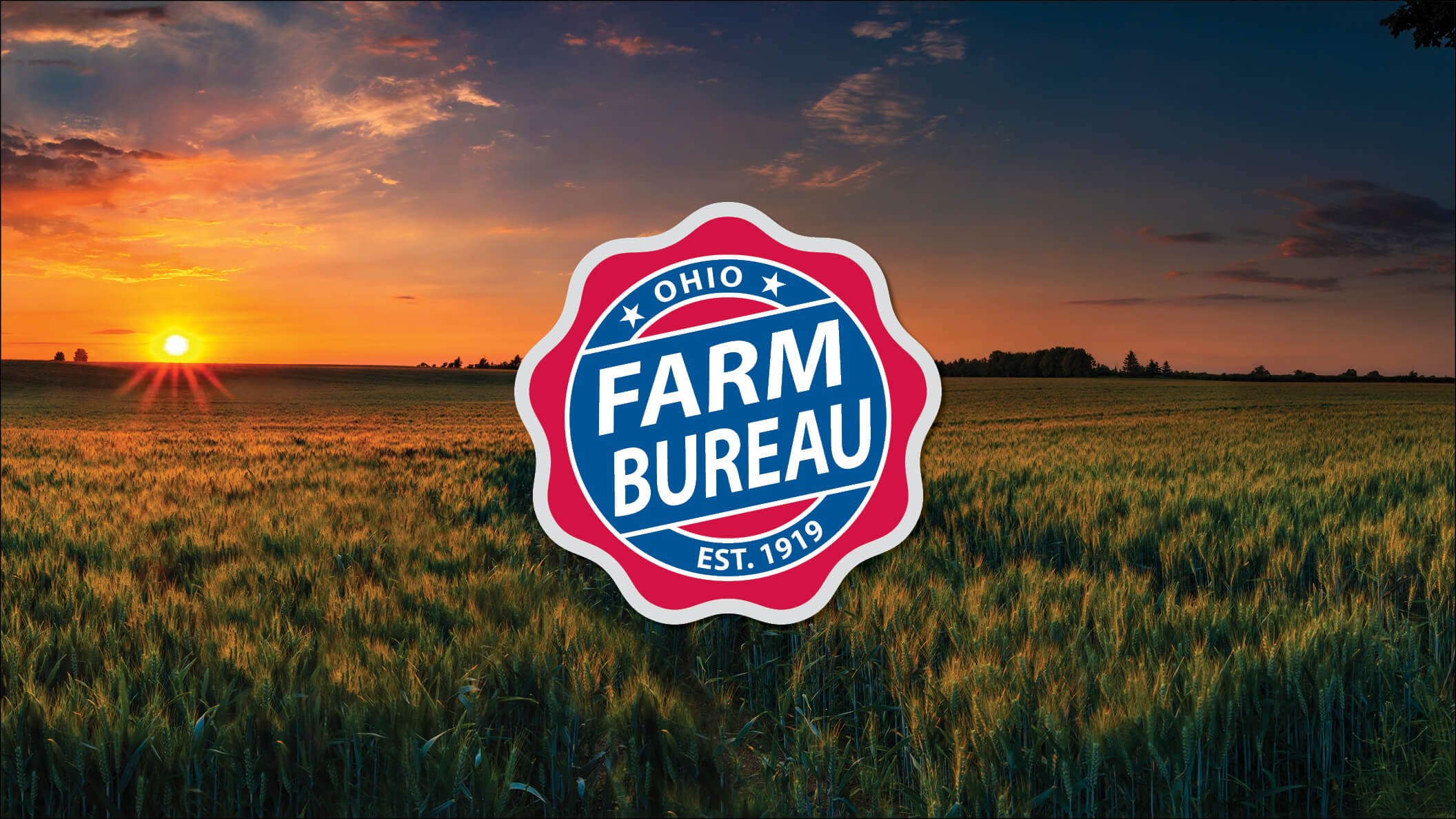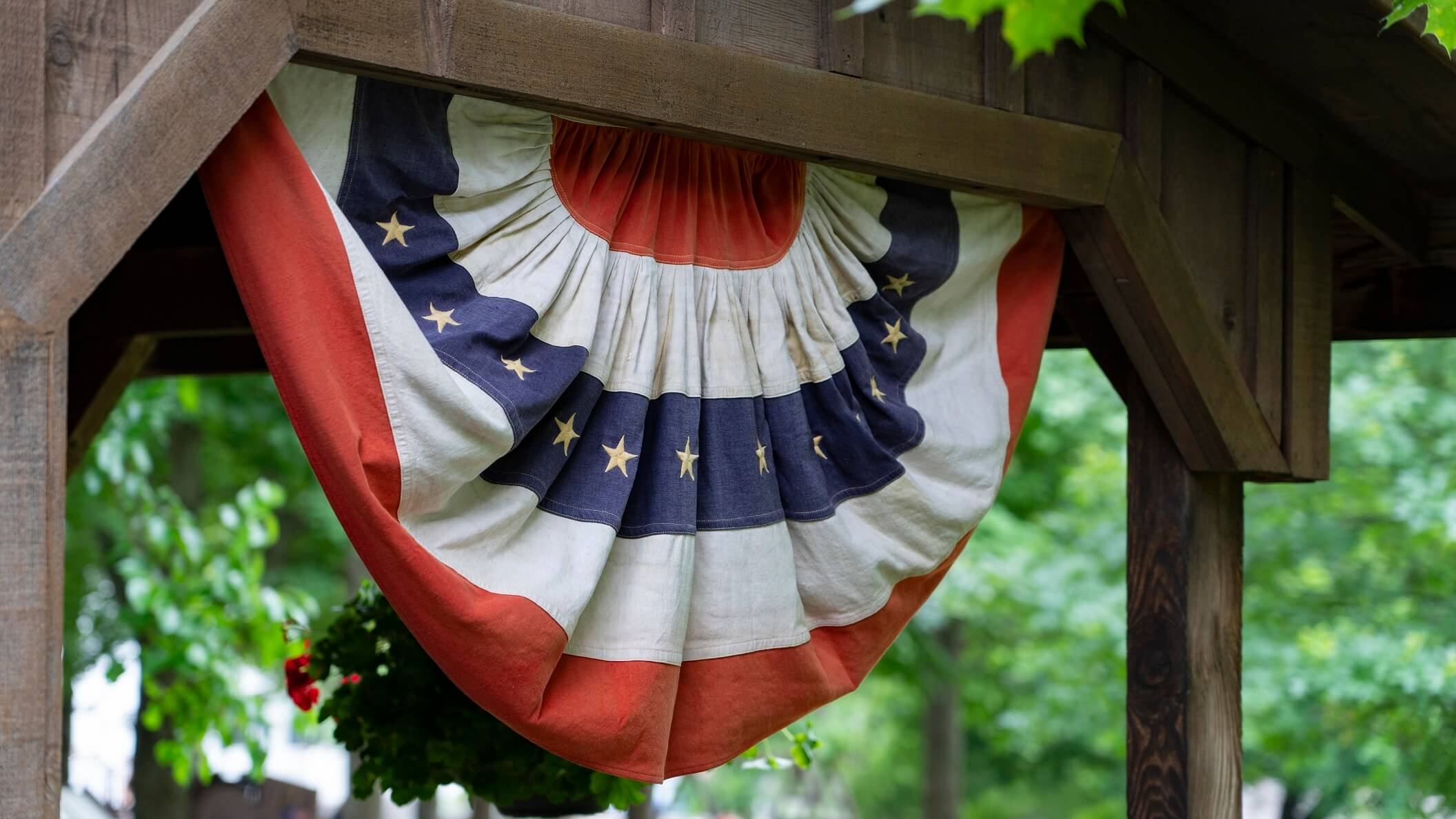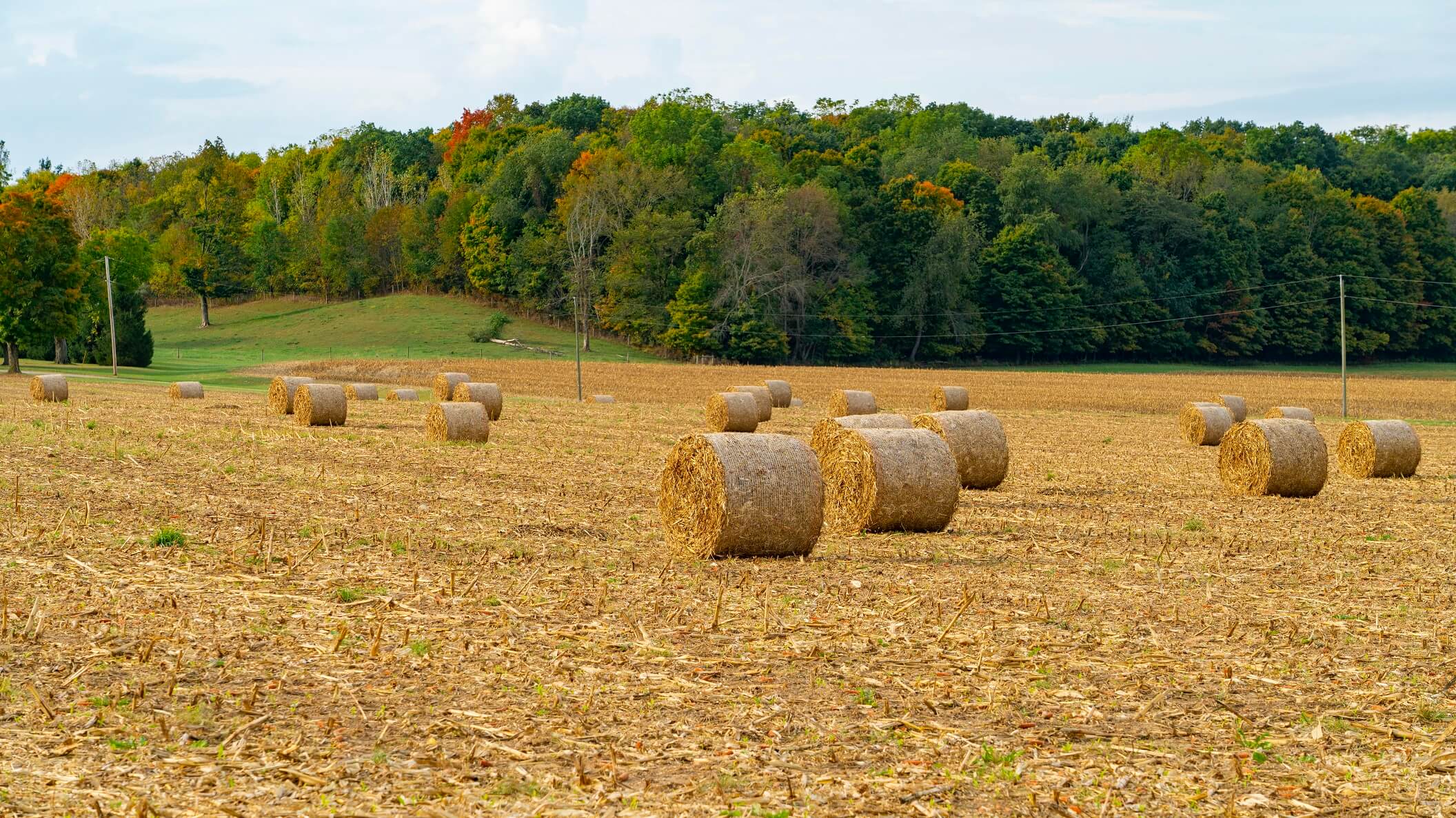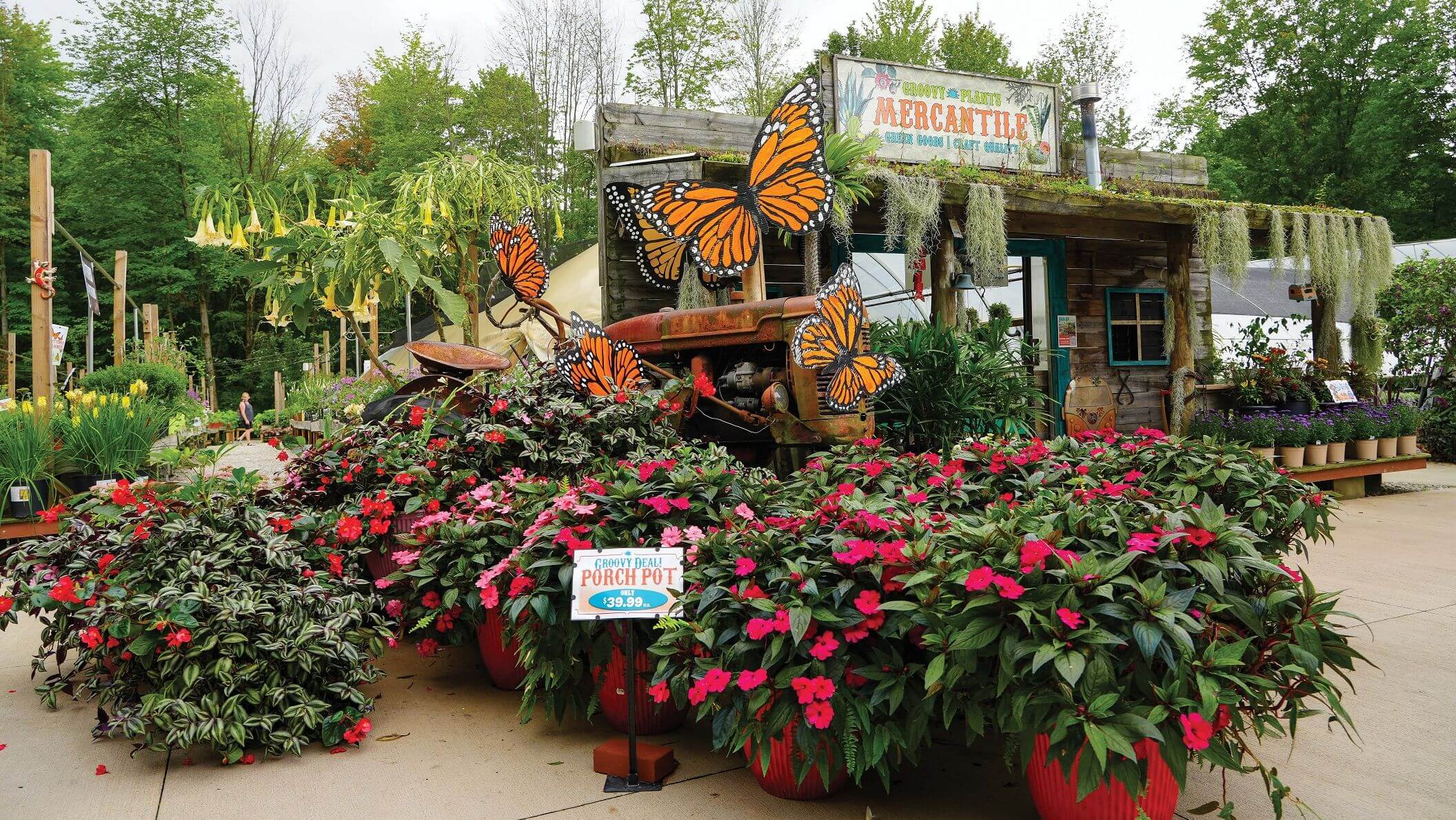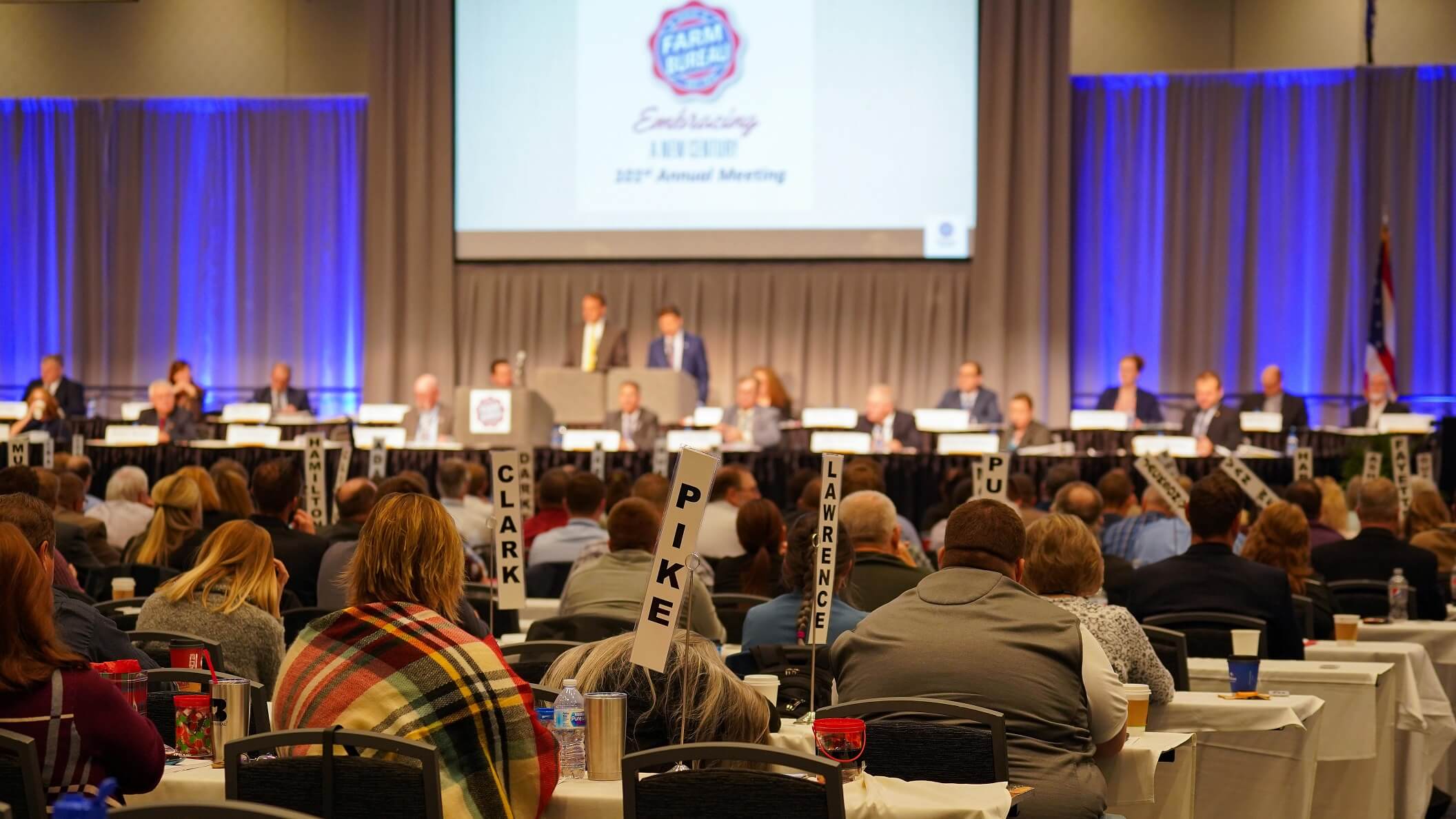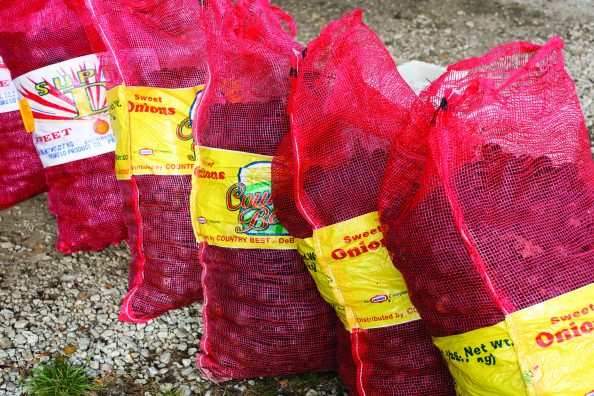
Niche farming in Ohio is nuts! Literally. Nut tree farmers, while mighty in their mission, are modest in numbers yet are a steady growing presence in the agricultural landscape. They’ve proven diligent when it comes to preserving and improving their craft. It’s nothing new.

“Lots of people planted trees in the early 1900s during wartime because there were food shortages and nuts were an alternative source of protein,” said Joe Cullman, who served 23 years in the military and is now a second-generation nut farmer from Marysville. His 120-acre farm (69 of which stands tall with nut trees) straddles Union and Delaware counties. “My dad, Don Cullman started nut farming here as a hobby in 1987,” Cullman said. “Right now we have enough trees in production to make this a full-time operation that produces a profit.”
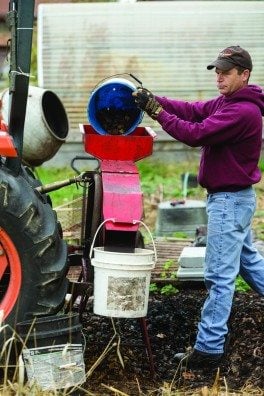
When it comes to growing the farm, Cullman takes the approach where the conservation of soil, water and wildlife are as important as nut production. “It looks more like a park than a farm,” he observed. It includes a wetland, pond and stream and Cullman staggers the trees instead of planting in long rows, mixing them among oaks, pecans and fruit trees for the wildlife. “We do this so if a disease would affect a certain species, like the emerald ash borer, we wouldn’t be looking at a completely dead field. It’s more labor intensive but in the long run worth it,” Cullman said, “and like my dad would say, ‘Don’t put all your eggs in one basket.’”
Cullman works on improving the soil in the woodland by planting for a natural balance. “Leaves and fruit drop and decompose and work their way back into the soil,” he said.
Among the trees in his wooded farmland are a few filberts (also called hazelnuts), hicans (a cross between a hickory and pecan) and Japanese Heart Nuts. But black walnuts are the main crop with several different cultivars. Each variety meets his very specific criteria: thickness of the shell, ease of “crackability” and how much nut meat is inside. A nut called Surprise is earthy, strong and balances out sweet items especially in baking. Sparrow is easy to crack and has more nut meat, and Elmer Myers, which tolerates the extremes of Ohio weather and its clay soil, rewards with a thin, easy to crack shell.
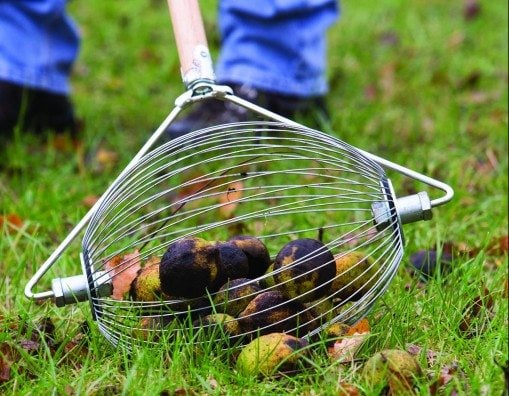
Once the trees start dropping fruit around September, Cullman begins collecting with the help of a Nut Wizard, a barrel shaped flexible wire cage that rolls on the end of a stick. The fallen nuts squeeze thought the tines, collect inside and are turned out into 5-gallon buckets. He’ll harvest every three days as the nuts drop throughout the fall. About 3,000 pounds of nuts in the hull (the green outer casing) are sold to Hammons, a Missouri nut hauling station where the nut is hulled, washed, dried and cracked. Cullman and most Ohio nut growers sell their crop to Hammons and are paid by the pound. Shelled nuts are sold online, locally and through catalogs. There’s also use for the after products. Ground shells are used for sandblasting and in health and beauty products.
Cullman will collect about 1,000 pounds of top quality nuts himself and hull, wash and store them in his drying shed for about a year before cracking and selling at the farmers market in Marysville. Additionally he harvests some of the young black walnuts in May before they’ve formed in the hull and sells them to Watershed Distillery in Columbus where they are crafted into Nocino, an Italian style liqueur with a nutty flavor and molasses like sweetness.
Among his 250 trees, most of which stand up to 45 feet in height, 150 are prolific, producing anywhere from 100 to 1,000 nuts. “In a few years we’ll have 500 trees producing,” Cullman predicted.
It’s not hard to understand what Cullman loves about his niche farm. “It’s beautiful, peaceful and relaxing and nice to be outside by myself,” he said. “With trees, I see how they change from year to year as I shape them and how they add to the environment around me.” These trees were passed down to Cullman who in turn will pass them down to his son when he’s finished with the Marine Corps. “The plan is for him to come home and take this over,” Cullman said. “With trees, you have to have a long-term goal in mind.”
The Ohio Nut Growers Association took root in 1941 to support and educate farmers, nut growers, agriculturalists, horticulturalists and others. Its mission then and still today is to promote the demand for and sales of nuts and nut products, and the collective wisdom of the membership is invaluable. Joe Cullman said he’s the “kid” among the membership but the experience of the more mature members is invaluable. “This is where I learned to graft trees and grow nuts,” he said. “If you have 5 or 6 acres you can produce a good specialty crop to supplement your income.”
Members work on hybridizing nut trees to get the highest quality nutmeat and greater yield out of different varieties, and they collect information on soil types, drainage and hilltop versus valley location. “There’s no national database for this information so it’s important for Ohio nut growers,” Cullman said. “Urban growers come to the group for advice on the kind of tree they can plant in their yard, not just for shade and looks but as a protein source,” he added. “This is a great resource for new growers like me who are just getting into it as well for the old timers to learn about new technologies and growing methods.”
Ohio Nut Growers can be found at the Ohio State Fair, various county fairs and Farm Science Review.
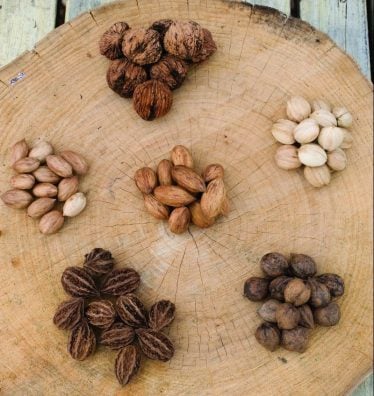
Cullman Tree Farm Nut Primer
- Pecans are hard to grow in Ohio’s short growing season, so the hican is the answer, a cross between a hickory nut (80%) and a Mahan pecan (20%), the best of both worlds. It’s easy to crack and the flavor distinct, as expected.
- Earthy and sweet tasting hazelnuts or filberts, are an ongoing experiment for Cullman. “My dad got some seeds from Purdue and we’re in our seventh year of observation and seeing some light production,” he said.
- “When I was younger hickory nuts were something to clean up,” Cullman said, “a real nuisance.” Today his No. 1 cultivar is the J. Yoder No. 1 that produces nuts the size of a 50-cent piece with an earthy taste.
- Japanese Heart Nuts are a mild tasting nut and when cracked in half look like a heart. They are popular for their meat, and crafters love the shells for projects.
Photos by Jodi Miller


